This summer, the Center for Creative Connections (C3) is thrilled to have C3 Visiting Artist Ellie Ivanova here to design interactive in-gallery activities in which visitors contribute their visions of home. These perspectives then become part of a larger print created independently by the artist at her studio before finally being installed back in C3. Get to know more about Ellie and her project below, and stop by the Center for Creative Connections to contribute your own drawing to the project.
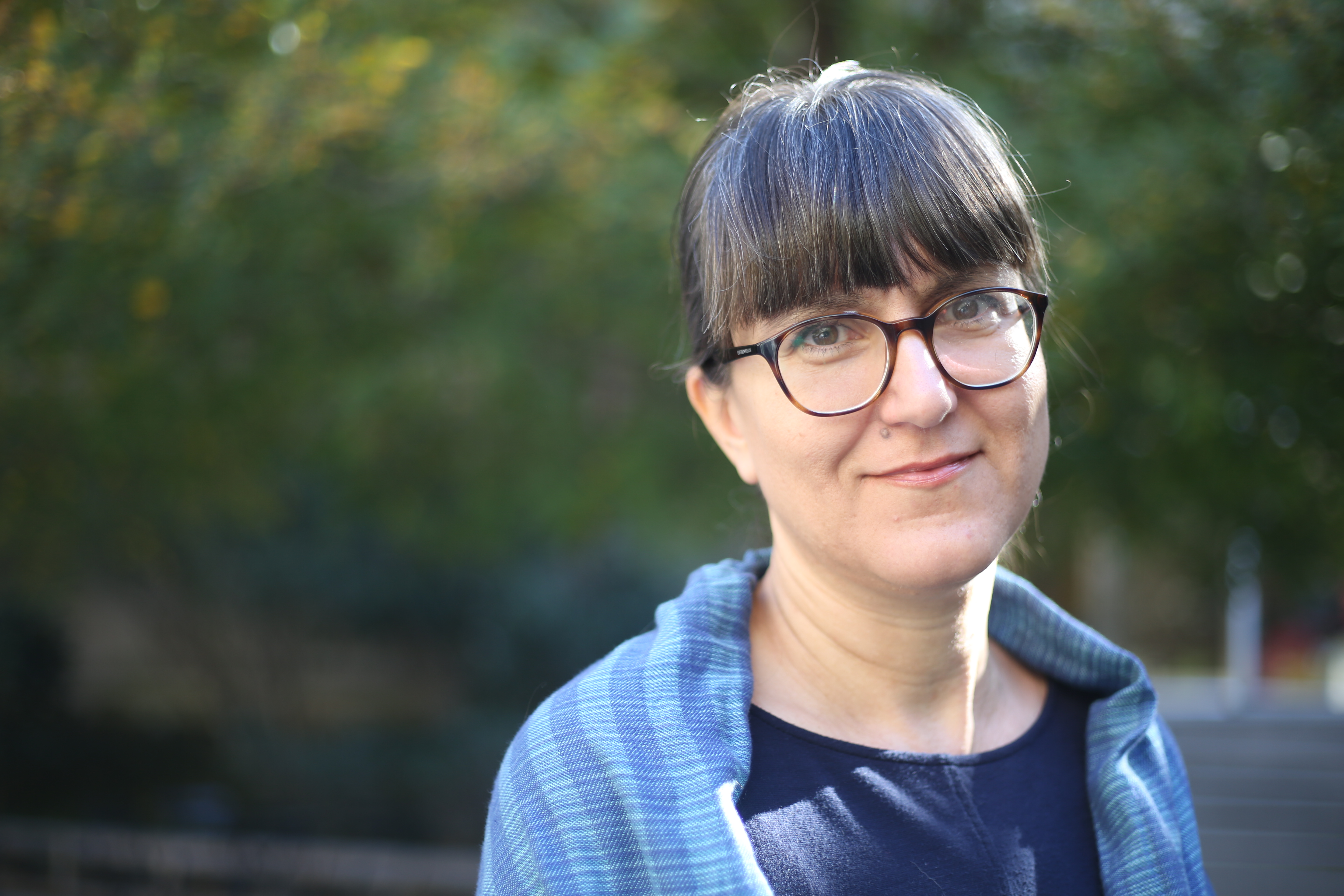
Tell us about yourself.
I am an artist who uses photography, but goes beyond the print. I have lived in several countries (Bulgaria, Latin America, the United States, and Italy) and am grateful for all the people I have met in all the places where I have lived who have shaped my experience.
What motivated you to apply to the C3 Visiting Artist Project?
As a researcher pursuing a PhD in Art Education, my special interest is in public pedagogy, which is everything we learn from each other in informal ways outside of a classroom environment and everything we do when sharing experiences through art. Having changed homes myself many times, and living in between two homes right now, I found an affinity with people who are longing for a lost home or dreaming for one. I wanted to see what would happen when all our different ideas of home come together, and what better place to experiment with this than Dallas Museum of Art!
Tell us about the installation you’ve created in the Center for Creative Connections.
It is a participatory print, in which many different small drawings of homes—lost, dreamt, and found—are contributed by visitors on squares of transparency. Using these as photographic negatives, I put together these drawings to print a “neighborhood” of the collected homes on photo-sensitized fabric. I’m using the cyanotype process, an old photo process that has been used through the decades for scientific and architectural imaging along with creative art making. Even though a home is something personal, a place that separates us from the rest of the world, with this project we see how different or similar our ideas of home look like when they are brought together.
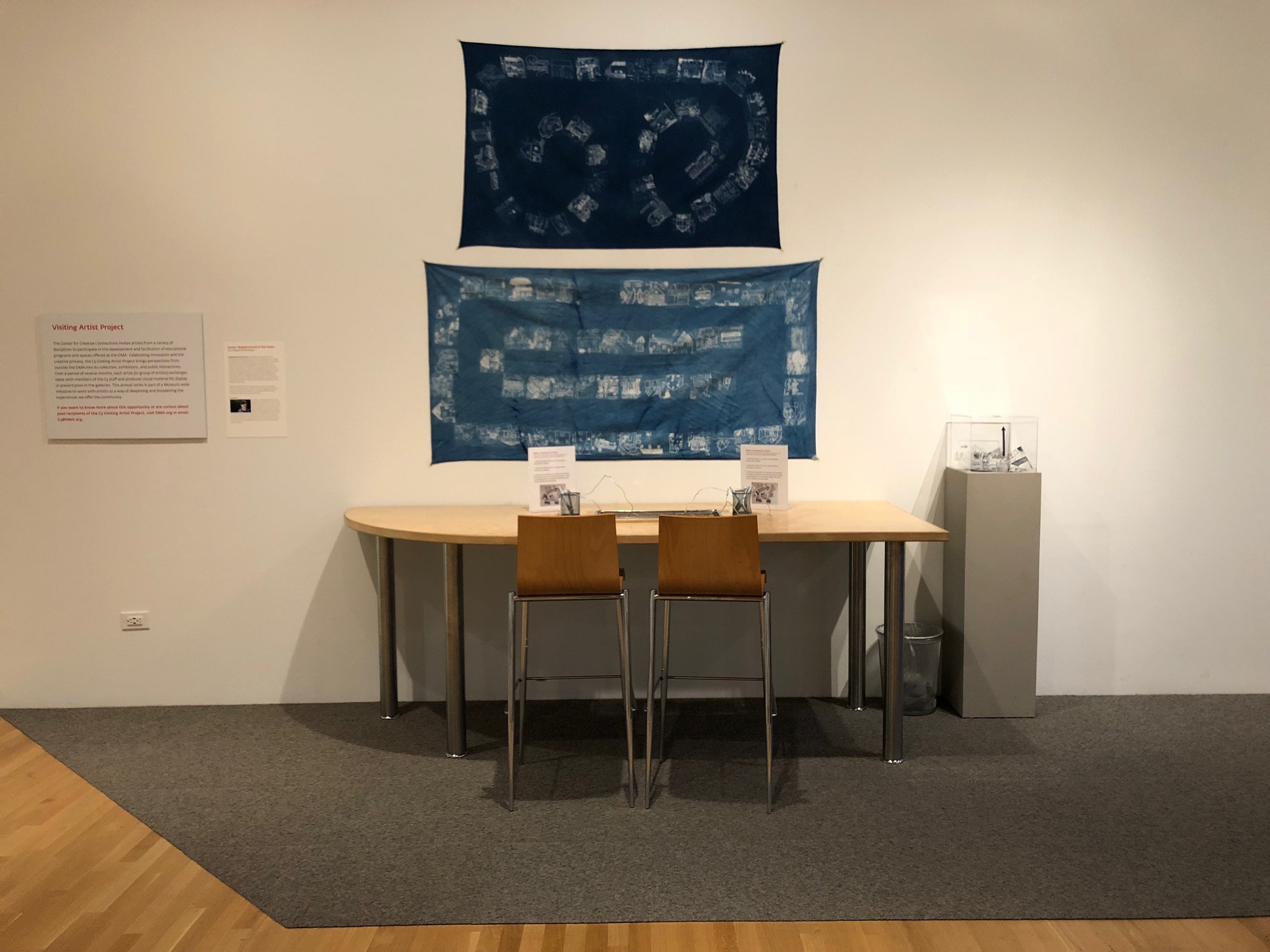
C3 Visiting Artist Project Space
Do you have any favorite visitor contributions you’d like to share?
The simplest drawings have been most delightful! Of course, I enjoy the elaborate, detailed homes done by other artists or others who are invested in the process. But when we have to draw simply, the bare bones of thought show through. I enjoy seeing how our basic image of what a home is can translate into being something so creative.
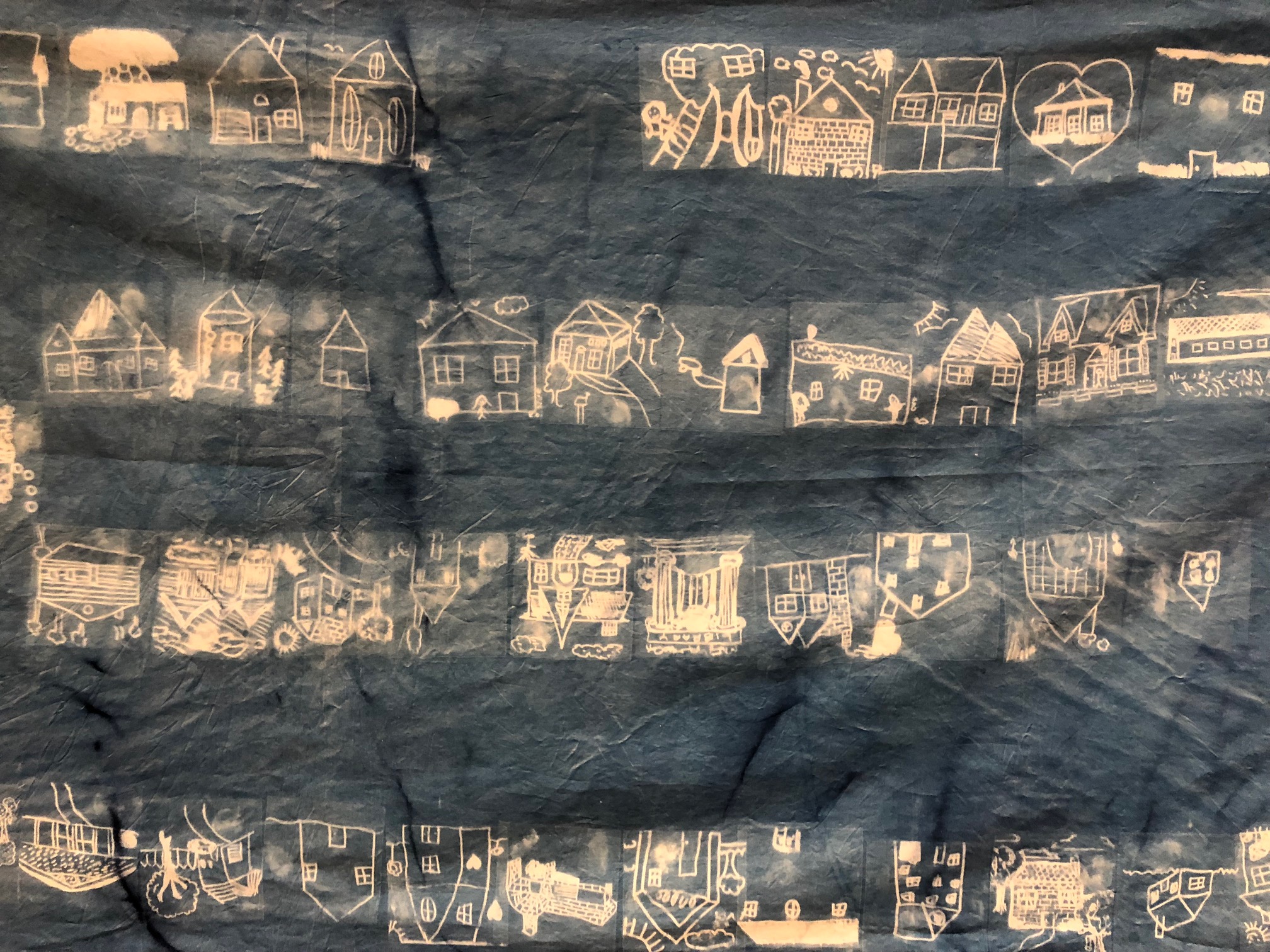
Kerry Butcher is the Center for Creative Connections Education Coordinator at the DMA.
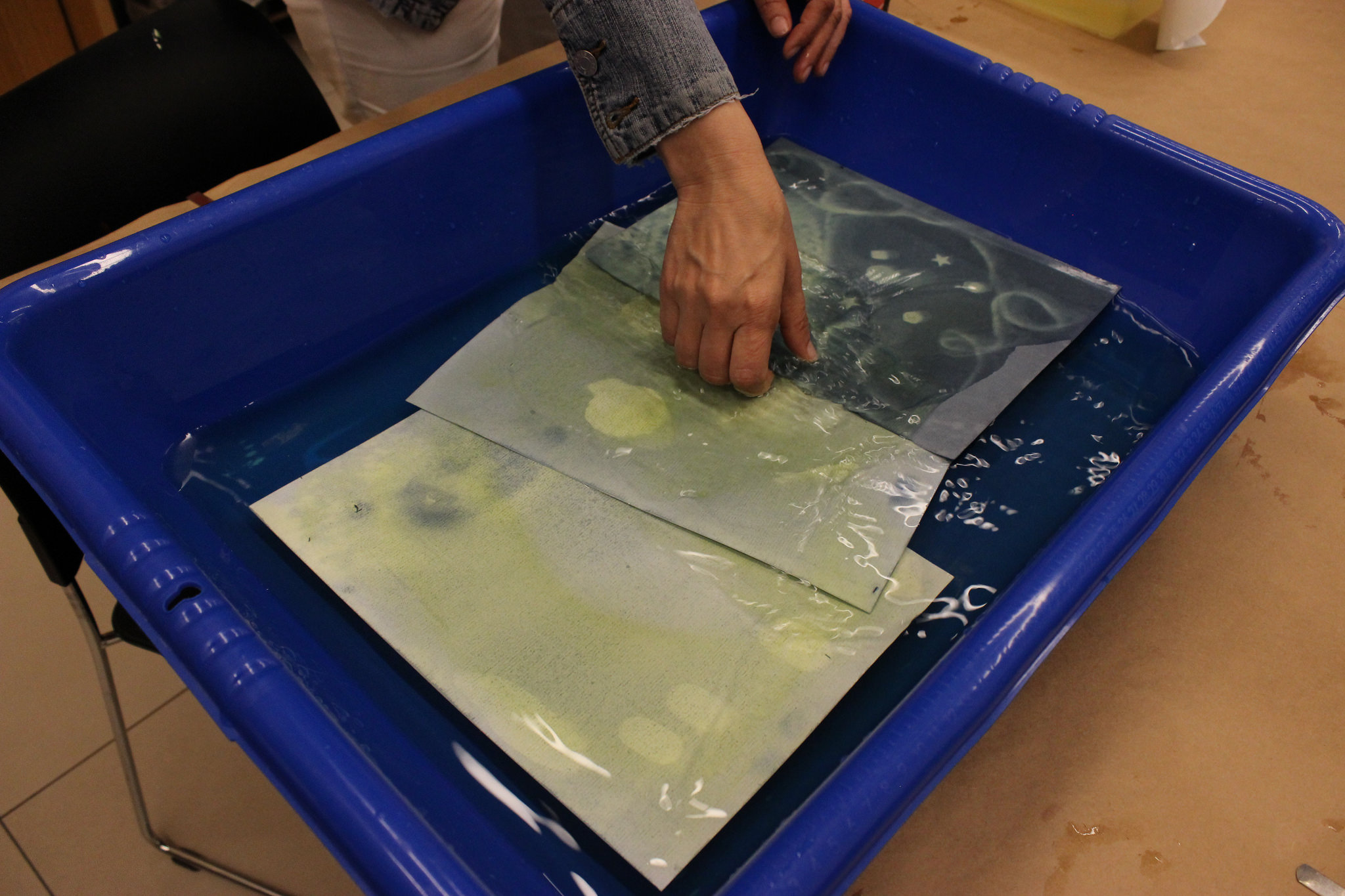
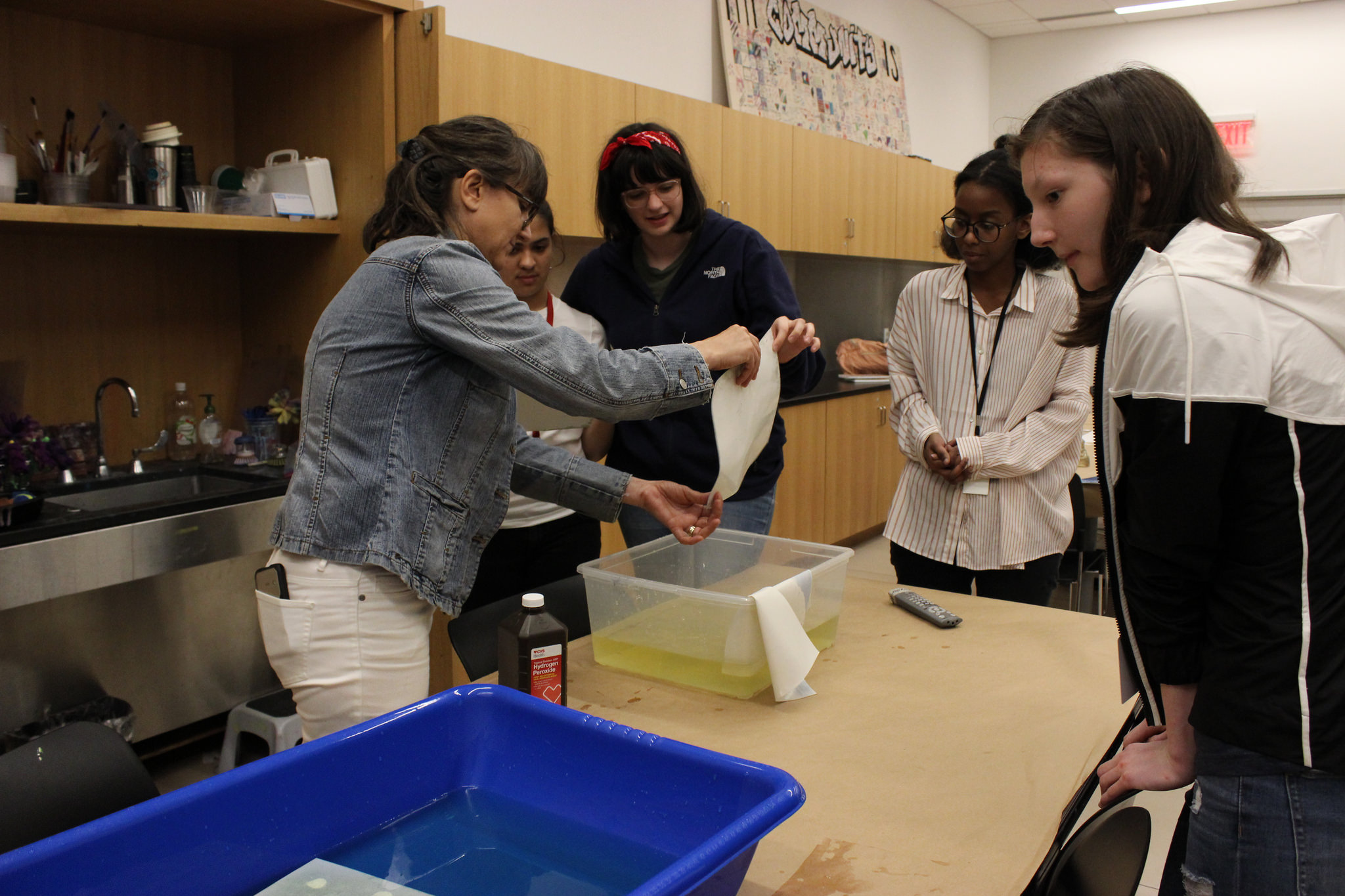
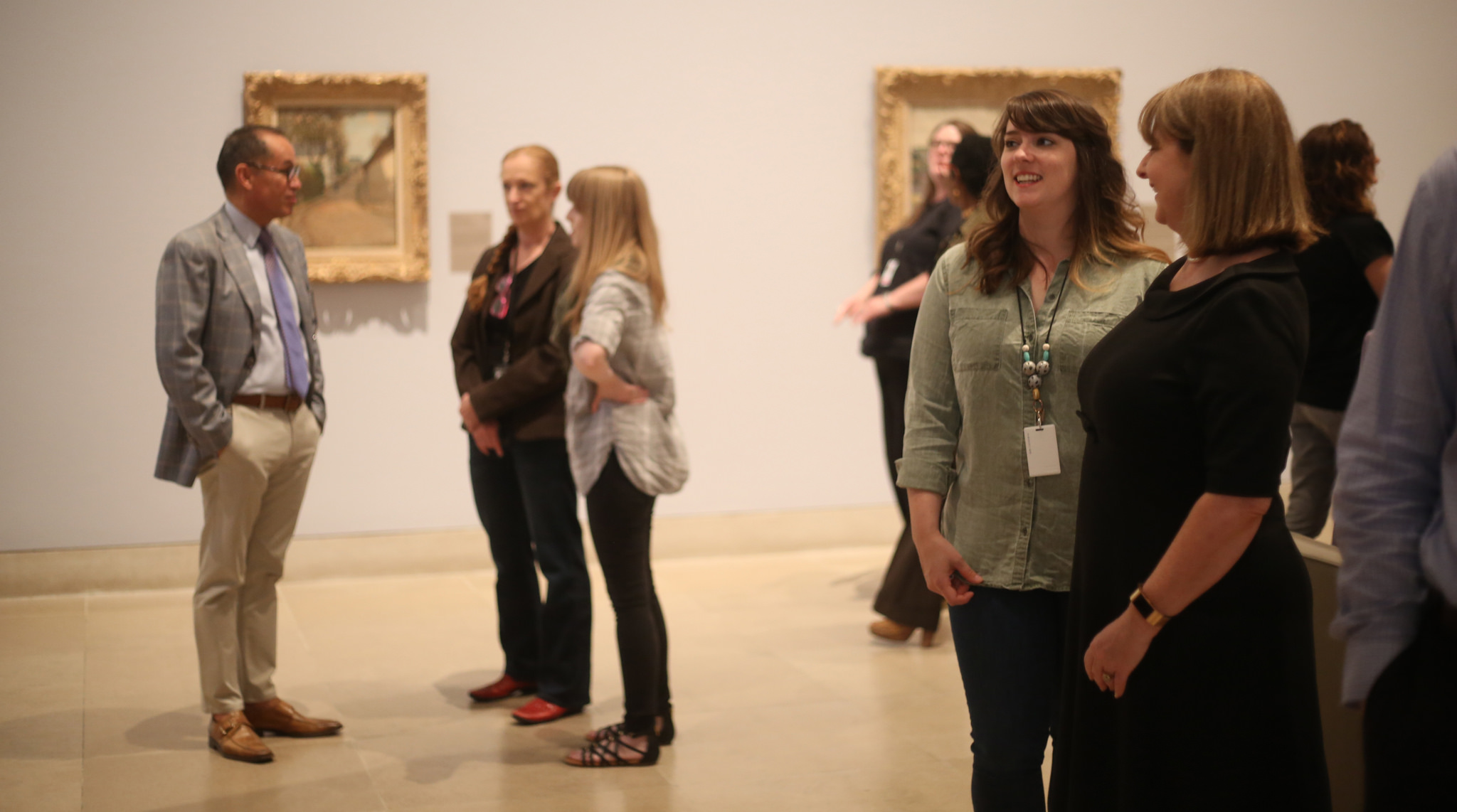
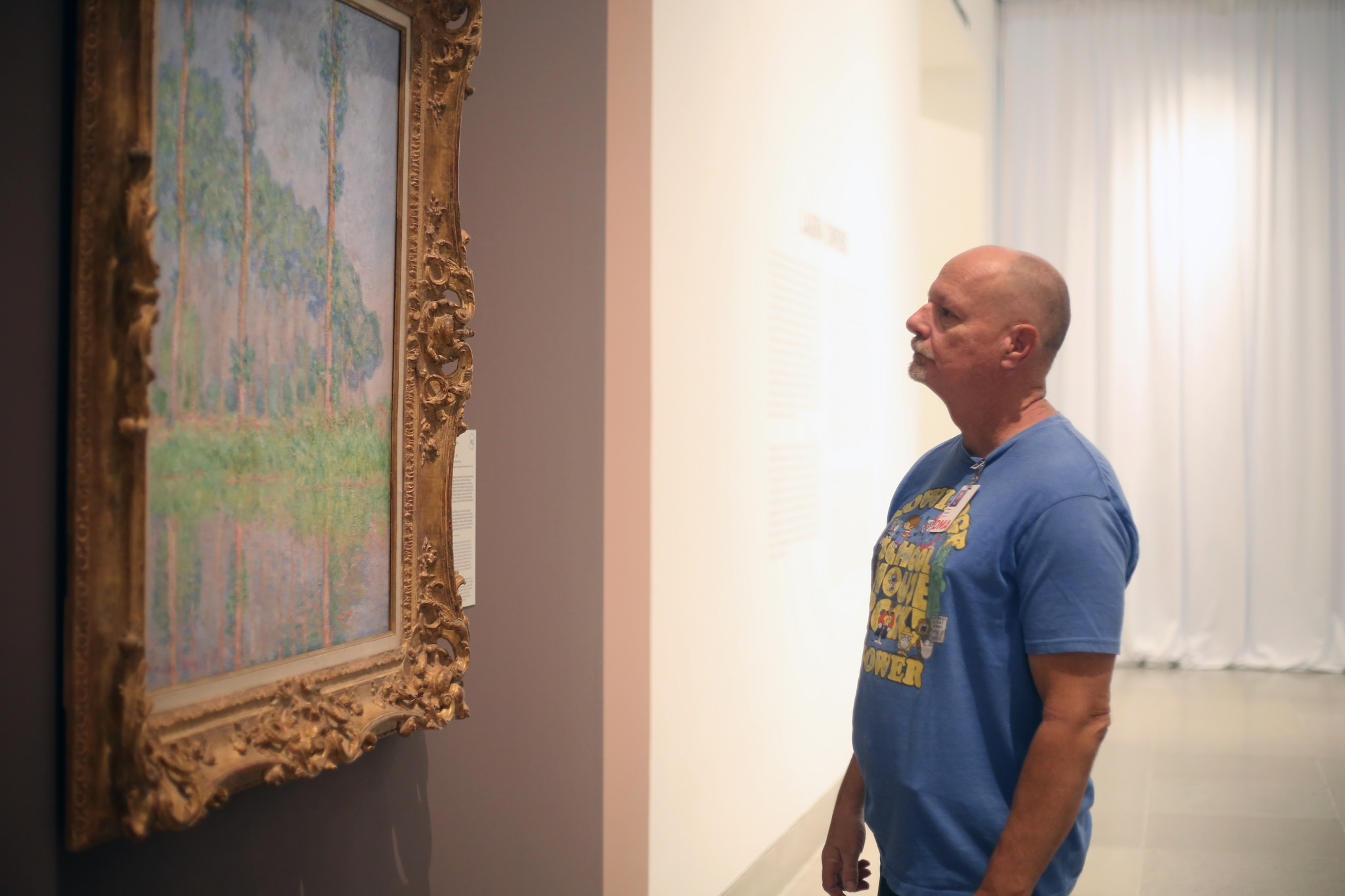
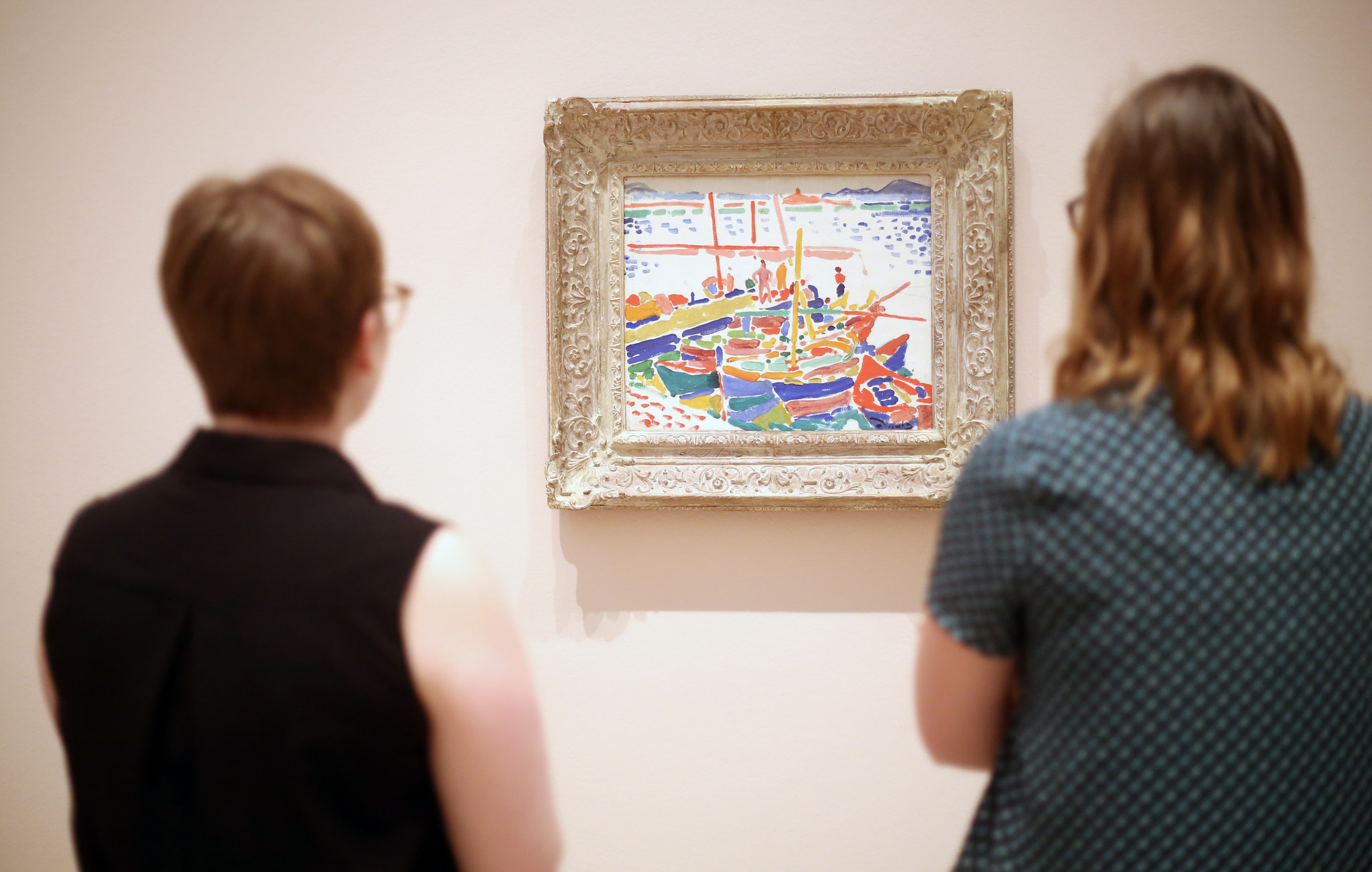
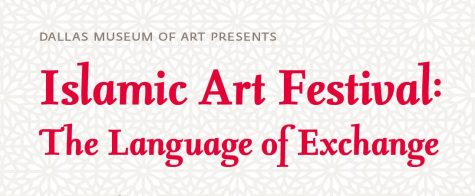
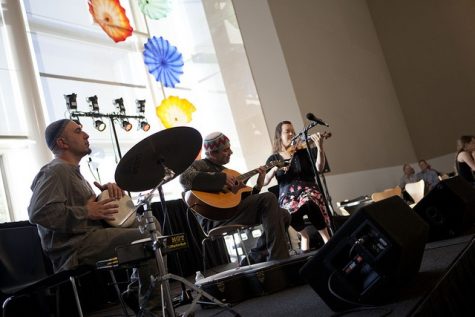
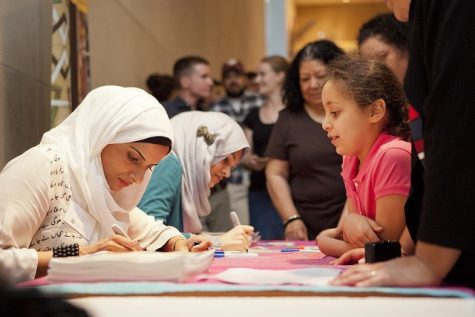
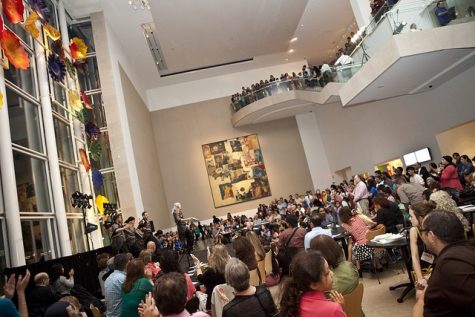
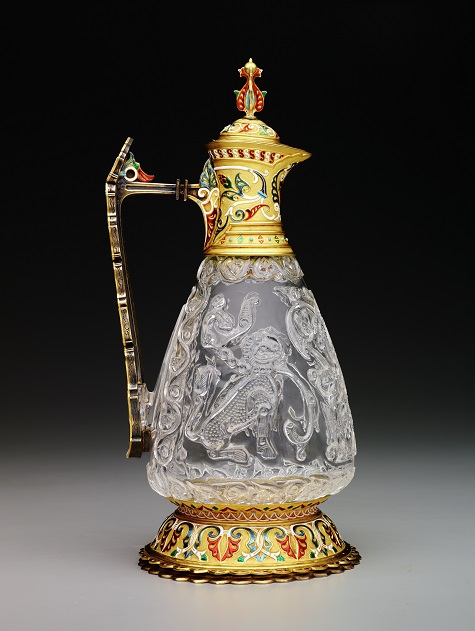
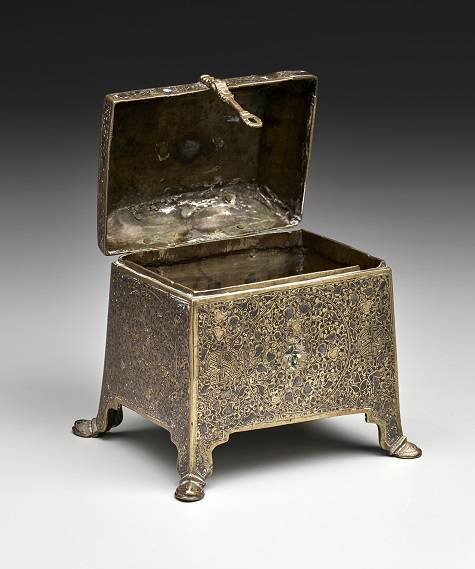
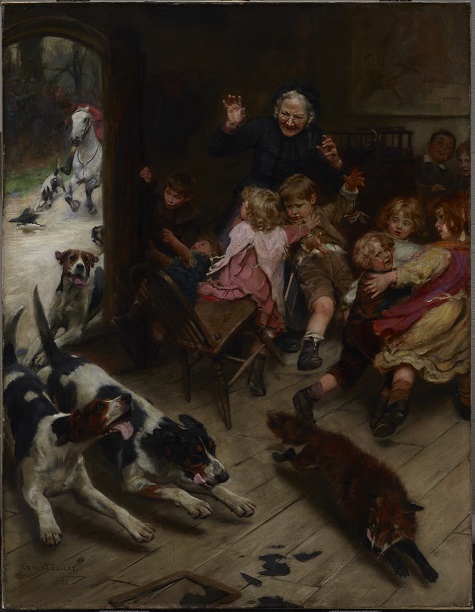









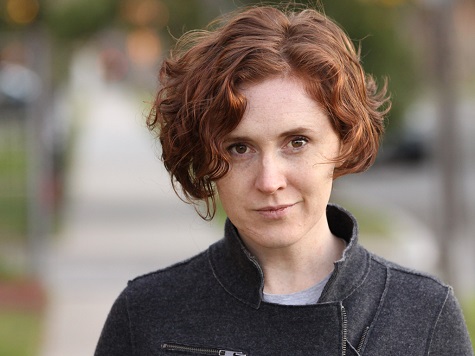
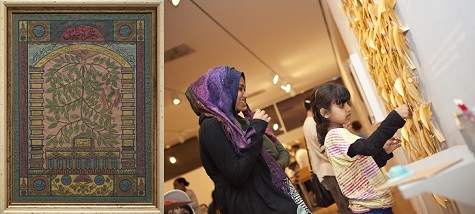
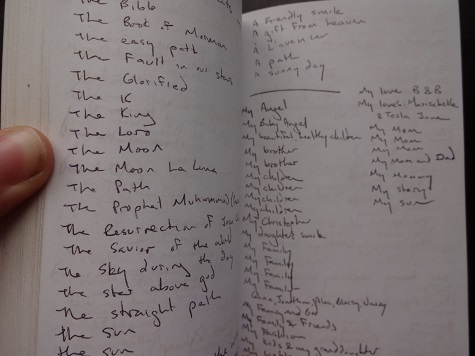
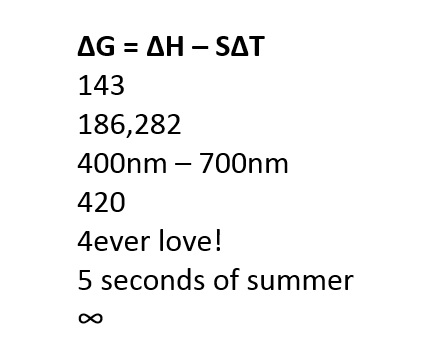
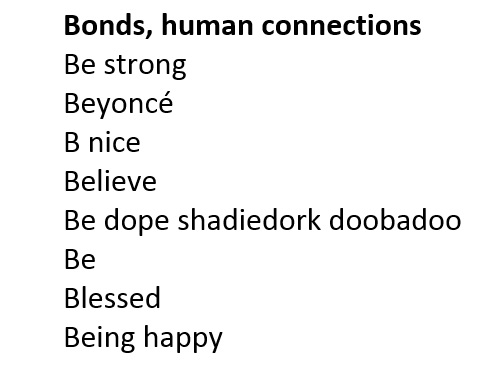
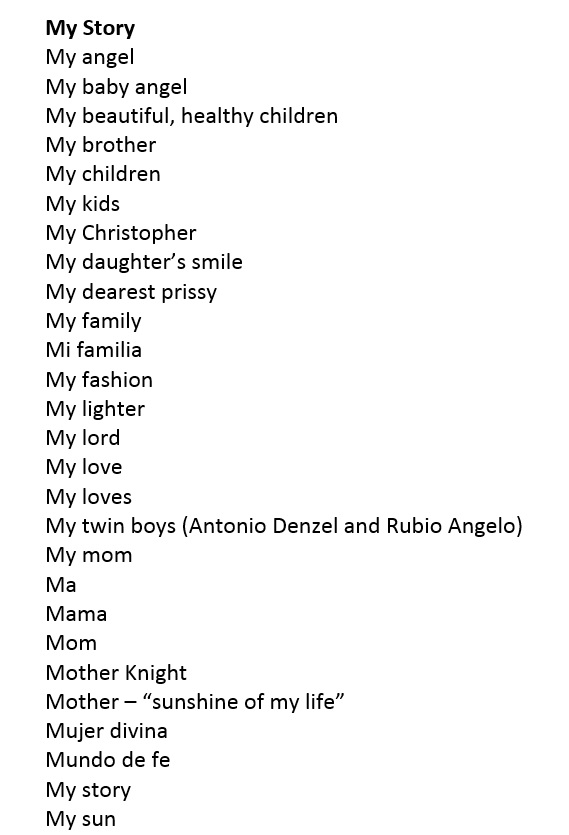
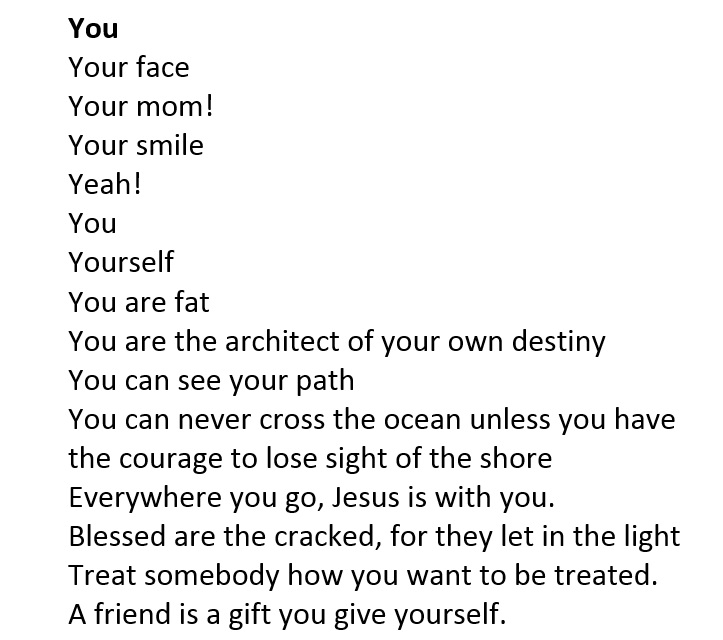
![Director Harry S. Parker III with children in the Gateway Gallery, 1984 [Photographer: Tim Mickelson]](https://blog.dma.org/wp-content/uploads/2014/10/gateway_gallery_002.jpg)
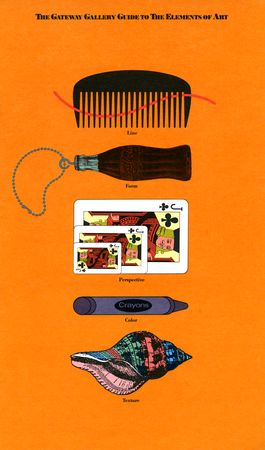
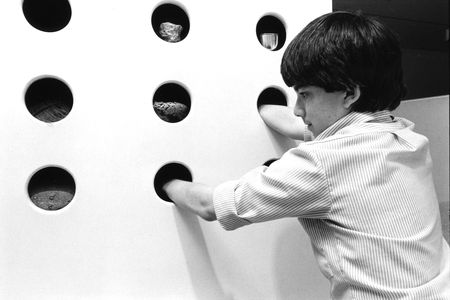
![Children explore a mirrored Room of Infinity to understand perspective [Dallas Morning News]](https://blog.dma.org/wp-content/uploads/2014/10/gateway_gallery_kids_001.jpg)